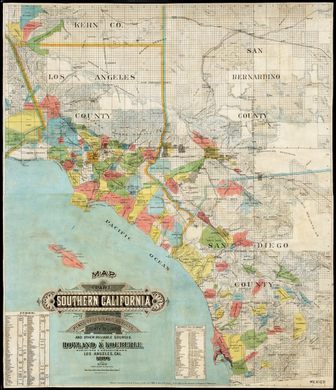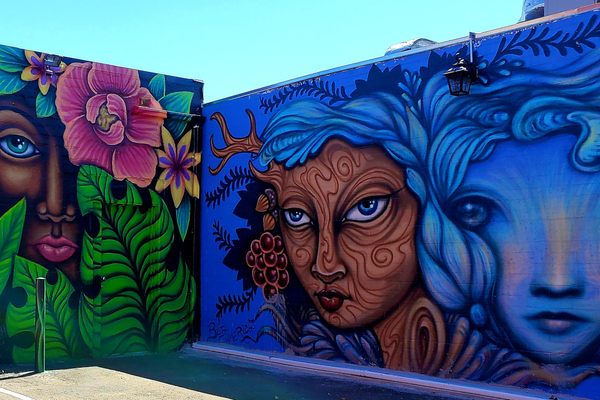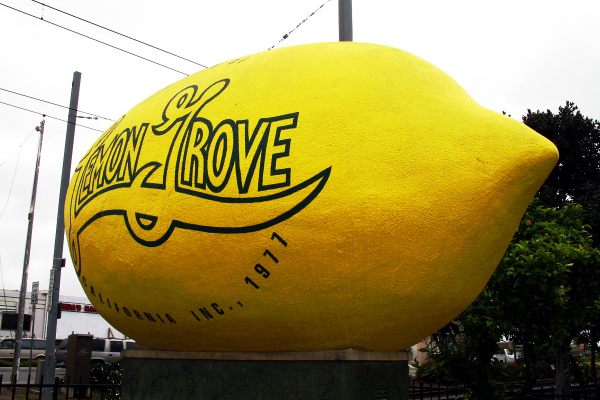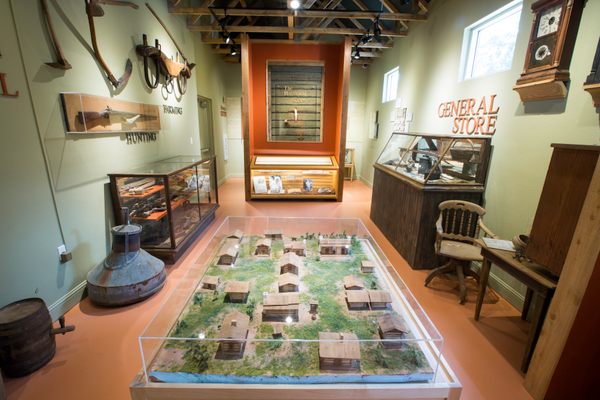Rancho Cañada de los Coches
The smallest Mexican land grant in California was given, and then taken from, a 19th-century teacher and nurse.
This 28-acre site is the smallest Mexican land grant in California, given in 1843 to a teacher, nurse, and caretaker named Apolinaria Lorenzana, dubbed “La Beata,” the Blessed One, for her work within the community.
Born in Mexico City, Lorenzana was part of a government initiative to populate colonial settlements in what is now California. The government sent orphaned children and young women to live with settler families, or in the case of the young women, to be married to local soldiers.
Lorenzana came to present-day San Diego in 1800 with her mother, but after her mother married a local solider, she was sent to an orphanage. She was eventually placed with a local family where she learned to read, write, and perform skills like cooking, sewing, and nursing. These skills lead her to start teaching, and she headed a school where she passed along her knowledge to the children of both settlers and natives.
She was also active at a San Diego mission, becoming such a respected and trusted figure there, that she was put in charge of the mission’s purchasing. She traveled to the ships with lists of goods from the fathers or selecting what she thought was needed. Her work earned her the name “La Beata,” the Blessed One.
Lorenzana received a government land grant for the nearly 9,000-acre Santa Clara de Jamachá in 1840, and another smaller piece of land, Cañada de los Coches, in 1843, but this land was taken from her when the U.S. invaded Mexico. A captain of the U.S. Army informed Lorenzana that the army would need to use her land for their horses. Lorenzana asked for payment for the land, but never received it. In a move that one historian called “legal hocus-pocus,” her land was purchased by the army captain, and she was never able to reclaim it.
At the end of her life, Lorenzana had lost all of her land, both the two land grants and a ranch she’d purchased, and was living in poverty in Santa Barbara. Today, her story is commemorated with a small plaque at the site of the small but meaningful land grant.
















Follow us on Twitter to get the latest on the world's hidden wonders.
Like us on Facebook to get the latest on the world's hidden wonders.
Follow us on Twitter Like us on Facebook